RESTORATION, PRESERVATION & ARCHIVING
MENU
RESTORING A TORN PHOTOGRAPH TAKEN ON AN OLD HOLLYWOOD MOVIE SET
The Roaring Twenties were the Golden Age of Hollywood. Hundreds of motion pictures were produced every day. Thousands of people were involved in the production of every movie: movie stars and screenwriters, costume artists and lighting designers, camera operators, and set photographers. Still, photography played a key part in movie production, and many talented photographers were employed by Hollywood studios at all stages of movie production. The most talented photographers were employed for the production of promotional portraits of movie stars. Their work laid the foundation for the style that became known as Hollywood Portrait, characterized by bold contrast lighting, dramatic poses, and emotional facial expressions.
 The continuity photos played an exceptionally important part in movie production. Taken on the set, often during the action, those photographs made a visual record of the sets, the actors outfits, and the performers placement, ensuring critical visual consistency from shot to shot and from scene to scene. Once the production of a movie ended, some continuity photos would be added to the studio archives, but most would be destroyed. However, once in a while, a photograph would end up in the private collection of a movie collector or, sometimes, an actor, a set decorator, a stylist, or even an actor whose career just starting and who was happy to get even the smallest of a movie part.
The continuity photos played an exceptionally important part in movie production. Taken on the set, often during the action, those photographs made a visual record of the sets, the actors outfits, and the performers placement, ensuring critical visual consistency from shot to shot and from scene to scene. Once the production of a movie ended, some continuity photos would be added to the studio archives, but most would be destroyed. However, once in a while, a photograph would end up in the private collection of a movie collector or, sometimes, an actor, a set decorator, a stylist, or even an actor whose career just starting and who was happy to get even the smallest of a movie part.
With time, such photographs became treasured family heirlooms, the mementos of days of youth. Unfortunately, as it often happens all too often, such old photographs, with time, become faded, stained, and sometimes even torn by careless handling or improper storage.
By mending the tears, cleaning the surface of a photograph from stains and derbies, and careful retouching scratches and other damages to a photograph, a professional photo restoration artist could bring back the image of the bygone era of Hollywood glamor and glory and save a visual record of a personal story and an important part of family history.
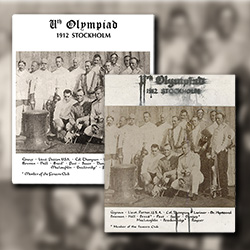
|
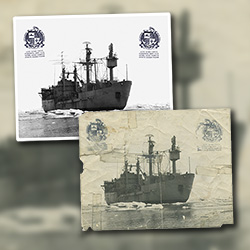
|
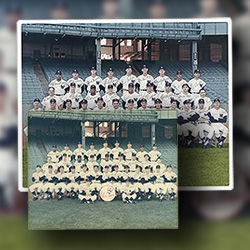
|
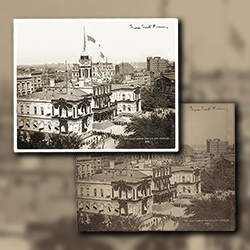
|
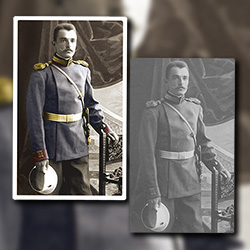
|
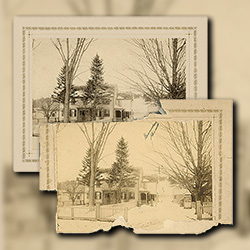
|
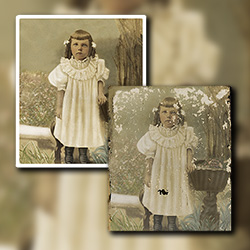
|
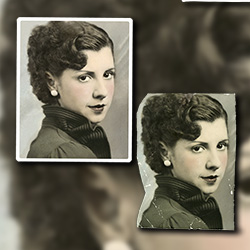
|
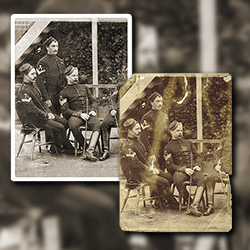
|
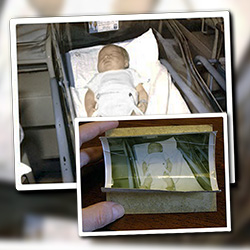
|
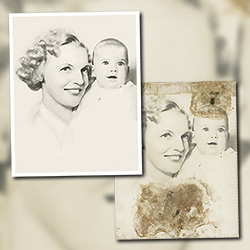
|
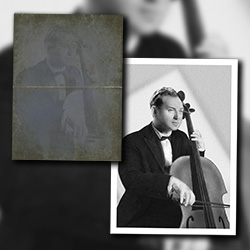
|
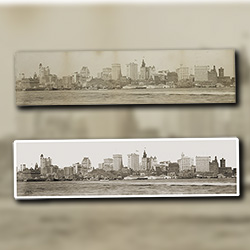
|
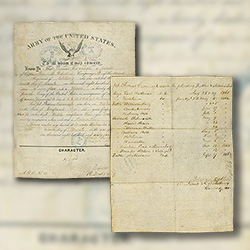
|
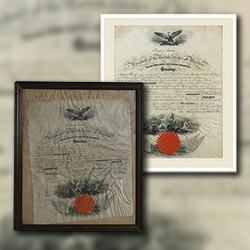
|
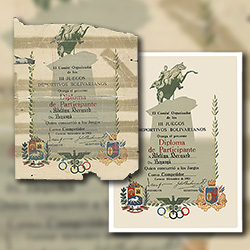
|
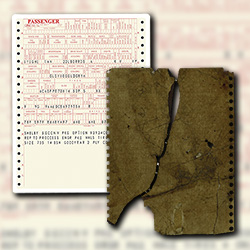
|
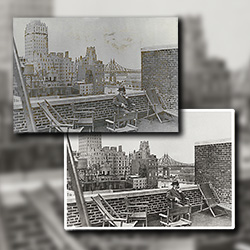
|
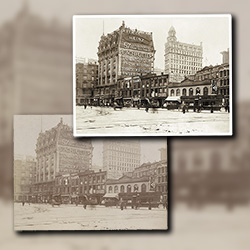
|
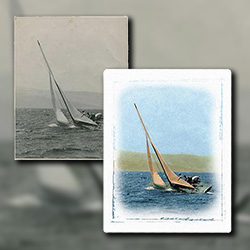
|
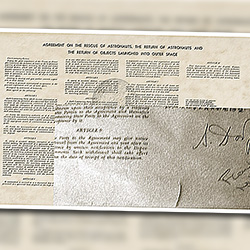
|
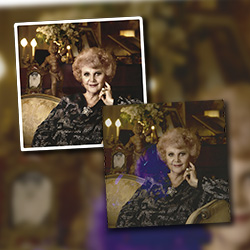
|
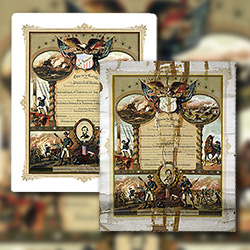
|
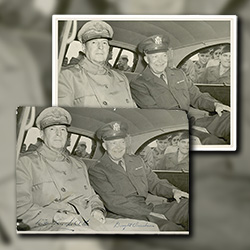
|

|
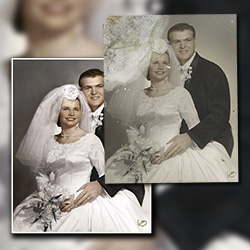
|
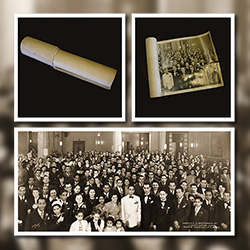
|
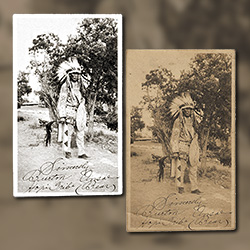
|
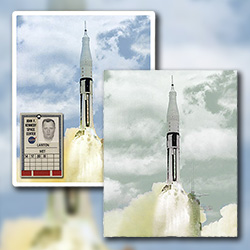
|
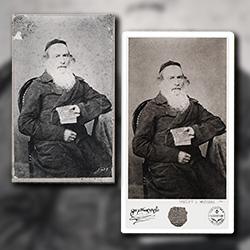
|
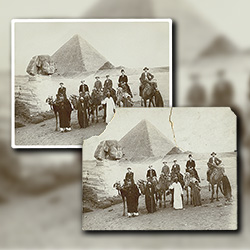
|
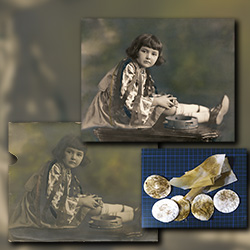
|
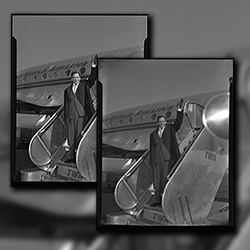
|
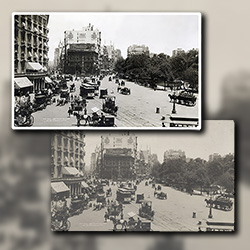
|
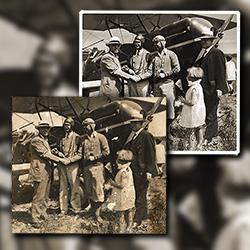
|
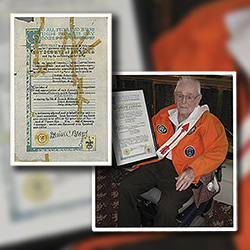
|
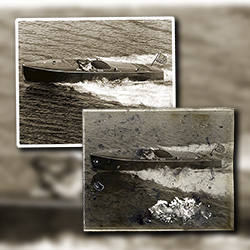
|
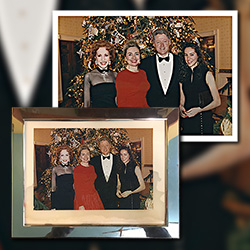
|
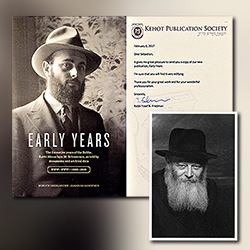
|
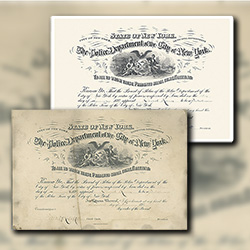
|

|
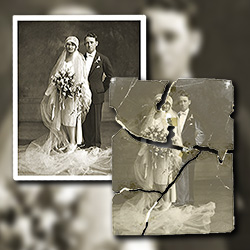
|
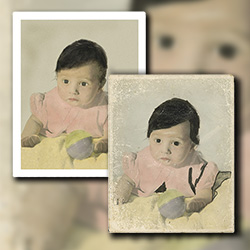
|
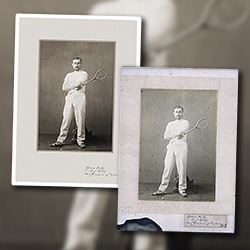
|
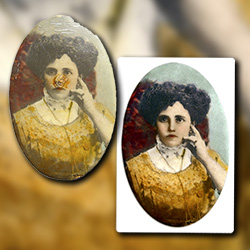
|
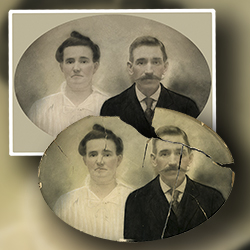
|
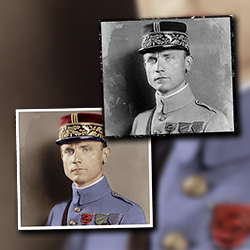
|
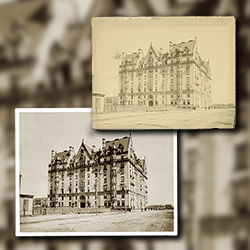
|
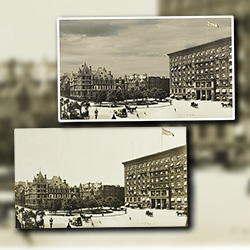
|
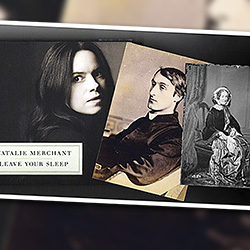
|
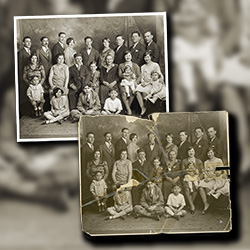
|
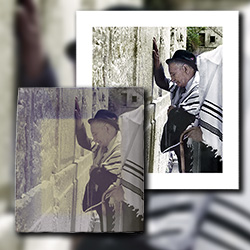
|
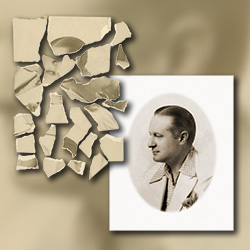
|
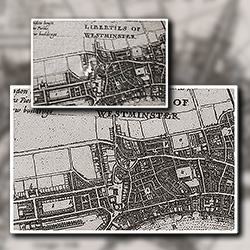
|
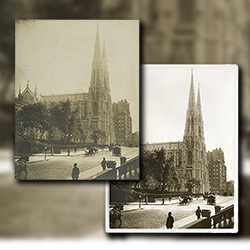
|
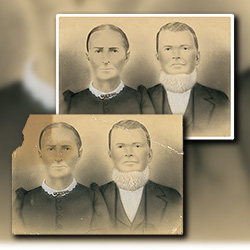
|
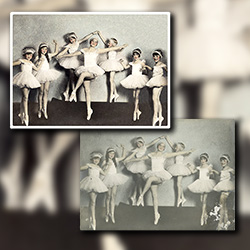
|
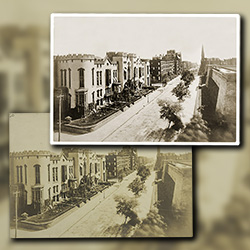
|
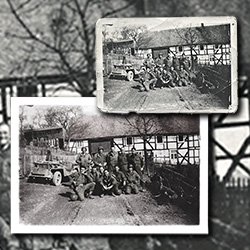
|
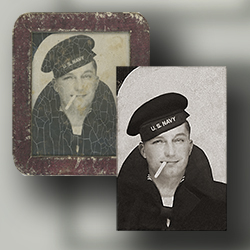
|